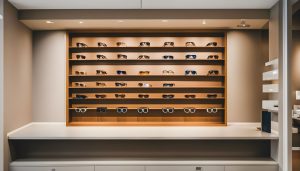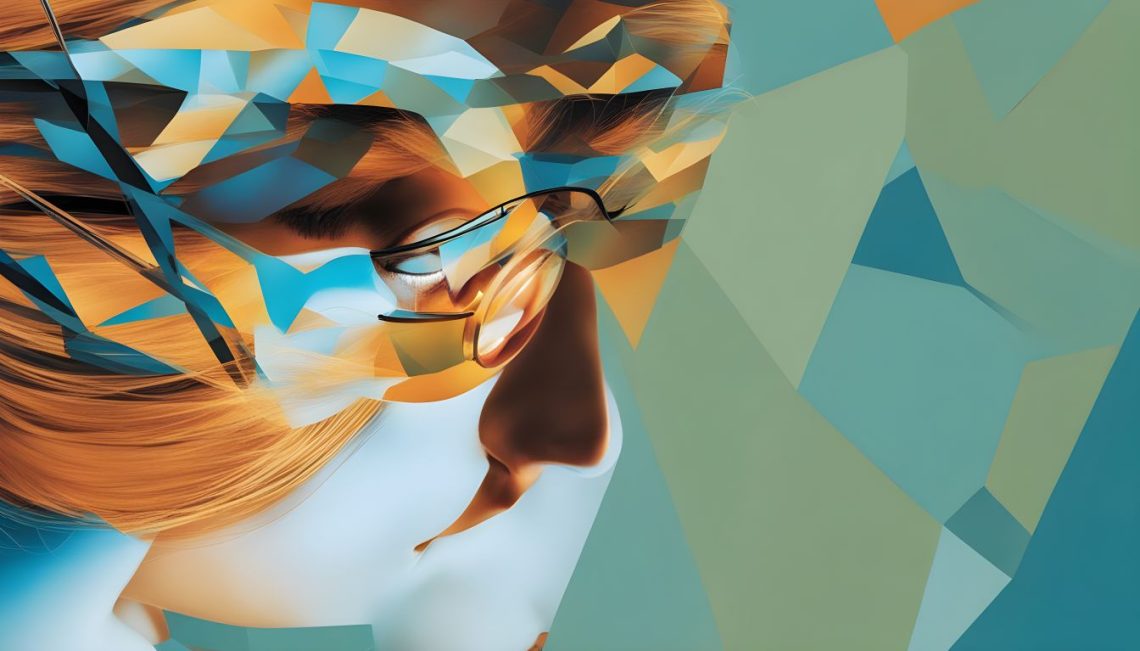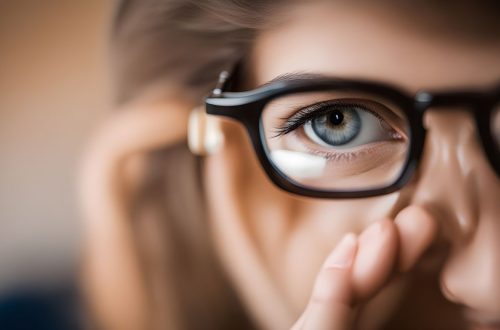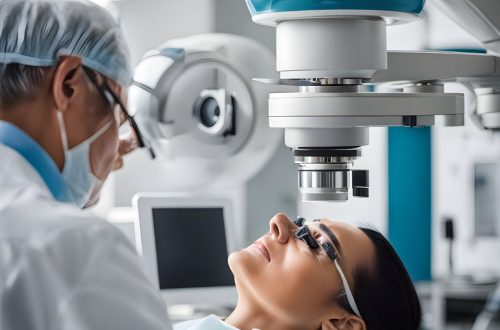The Evolution of Eyewear
From the rudimentary eyeglasses of ancient times to the sophisticated spectacles of today, the evolution of eyewear mirrors not only the advancement of technology but also the shifting needs of society. The primary purpose of eyeglasses has always been to aid vision, but with the digital age upon us, the function of eyewear has expanded to include protection from the harmful effects of screens. Let’s embark on a journey through time, tracing the evolution of eyewear from its humble beginnings to its modern-day iterations.


Early Beginnings: Reading Stones and Concave Lenses
The first known eyewear, dating back to the 13th century, were simple convex lenses used as reading aids. These “reading stones” were handheld magnifying glasses that could amplify texts, making reading easier for the elderly or those with farsightedness. It wasn’t long before these lenses found a frame, leading to the birth of the first eyeglasses.
Renaissance and Enlightenment: The Spread of Spectacles

As the centuries passed, the design and materials of eyeglasses improved. In the Renaissance era, scholars and monks commonly used eyeglasses, often held manually or perched on the nose without earpieces. By the 18th century, eyeglasses began to be recognized not just as a tool for the elderly but for anyone with vision issues. The invention of bifocals, attributed to Benjamin Franklin, marked a significant leap in the utility of glasses, allowing for both near and distant vision correction within a single lens.
19th Century: A Fashion Statement
As eyeglasses became more common, they also started to be seen as a fashion accessory. Frames began to be crafted from various materials, including tortoiseshell, gold, and silver, reflecting the wearer’s personal style. The idea of eyeglasses as a fashion statement has persisted, with countless styles, shapes, and designs available today.
20th Century: Contact Lenses and Sunglasses
The 20th century saw a groundbreaking innovation: the contact lens. Offering vision correction without the conspicuousness of eyeglasses, they became popular for those who preferred a more ‘natural’ look. This century also marked the rise of sunglasses, initially used to protect pilots’ eyes during World War II and later becoming a symbol of cool, thanks to Hollywood.
The Digital Age: Blue Light Protection
As we moved into the 21st century, the prevalence of screens in our daily lives introduced a new challenge: blue light. Emitted by digital devices like smartphones, computers, and televisions, prolonged exposure to blue light has been linked to digital eye strain and potential disruption of sleep cycles. Recognizing this, eyewear manufacturers introduced lenses with blue light filtering capabilities. Today, even those without prescription needs often wear glasses with blue light protection to shield their eyes during long hours in front of screens.


Eyewear has come a long way from its primary purpose of aiding reading in ancient times. As society’s needs and technologies have evolved, so too has the function and design of glasses. Today, eyewear serves a dual purpose: correcting vision and protecting our eyes from the challenges posed by the digital age. As we look to the future, who knows what the next chapter in the evolution of eyewear holds? But one thing is certain: the importance of taking care of our eyes remains paramount.
Read more:
Lubricating Eye Drops: Nourishing Your Eyes with Comfort
Seeing Clearly: Understanding the Importance of Regular Eye Exams





